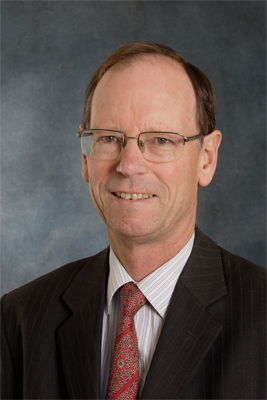The next 12 months look set to be big ones in neurology, with major developments predicted across all areas of the specialty.
The limbic asked two experts to share their tips for things to watch in 2023.
Stay tuned for Professor Tomas Kalincik’s predictions on the next year in MS later in the week.
Headache
Associate Professor Richard Stark says updates to migraine treatment options are expected to shake up neurology practice in coming months, amid hopes that CGRP antibodies may receive new indications for high frequency episodic migraine.

Associate Professor Richard Stark
While already established as treatment for chronic migraine, he says they may be useful for significant numbers of patients who don’t currently qualify for the drugs as they don’t meet the minimum requirement of 15 headaches per month.
“It’s not through the PBS yet, but I know that there’s a push to get that happening,” says Professor Stark, the deputy director of neurology at Alfred Health.
He says he’ll also be keeping an eye on developments with small molecule CGRP antagonists, known as gepants.
“They’re available in the United States and to some extent in Europe, but they’re still on their way to Australia,” he says.
Nevertheless, he stresses there is some uncertainty over when the drugs will become available in the short term, as they can be used as both acute treatments and for prevention of migraine.
“Given as acute treatment, they probably work almost as well as triptans, but don’t have the same potential side effects in people with coronary disease,” he says.
“And as preventive treatments, they would presumably be used in the same groups of patients that you might use the CTRP antibodies for.
“They have the advantage that you don’t need to inject them, but the disadvantage that you need to take them every day or second day.”
Parkinson’s
Professor Simon Lewis says he’ll be watching the ongoing trial of the GLP-1 receptor agonist exenatide, a repurposed treatment for diabetes which has shown promise in models for Parkinson’s.
Conducted in the UK, the Phase III follows on from the encouraging single centre Phase II work previously published in the Lancet (link here).

Prof Simon Lewis
“Well, it has finally happened after more than 20 years of effort, some concerning decisions by the FDA and a very sizeable input from our Australian neurological community, there looks to be a treatment that could offer real benefit for patients with, and at risk of, Alzheimer’s Dementia,” adds Professor Lewis, professor of cognitive neuroscience at the University of Sydney.
“Of course, now comes the challenge of how we are going to actually implement such a service.”
“In addition, those of us staring down the barrel of other neurodegenerative diseases should be motivated to re-double our efforts.”
Something else to keep an eye on is the significant disease modifying trial program for Parkinson’s being conducted in Australia, supported by the Medical Research Future Fund.
This is aiming to finish recruitment for its first trial in the middle of this year, with a second study planned for 2024, he says.
“Furthermore, with the support of Parkinson’s UK, Australia will lead the world’s first trial targeting neuroprotection in prodromal patients with isolated REM Sleep Behaviour Disorder.”
“Hopefully, it won’t take another 20 years before we have something to offer our Parkinson’s community.”